“We’re all extras in the movie of life.”
Melancholic symphony of life & death, ironically titled “Youth” is a unique lyrical amalgamation of philosophical exploration about life, memories, regrets, aging and redemption, but above all, Youth (2015) is a beguiling mood piece. Paolo Sorrentino uses characters of artistic elites as a lens to explore the fundamental philosophy of life like he did in Il Divo using characters of political elites and in The Great Beauty using characters of social elites. In Youth, we see that artistic elites of all age groups have come to resort to a majestic lively mountain of Alps in Swiss, where time seems to have slowed down, letting characters relax and steal the moments to observe, explore and learn from others.
We meet age-old friends, octogenarian musician Fred Ballinger (Michael Caine) who is orchestra conductor & composer known for his “Simple Songs”, declared apathetic by his independent daughter Lena (Rachel Weisz); And veteran film-maker Mick Boyle (Harvey Keitel) who is struggling to finish the script for a self-described “testament,” to be titled Life’s Last Day along with the crew of young screenwriters. They discuss good things, as Boyle explains, “In good friendship, you discuss only good things.” They talk about their fading memory of significant events in life and how they still remember trivial things that have no purpose to serve. But individually, they are troubled souls, unaware of it due to the virtue of their artistic obsession.
Related to Youth (2015): The Great Beauty (2013): Life and Lies
For that matter, apathetic-looking Ballinger, who constantly denies performing “Simple Songs” for Prince Philip of England on the ground of personal reasons, has strong emotional contempt lying inside, which he struggled to come to terms with. He finds it hard to let things go. He has a hard time connecting with his own daughter. Is it with humans that they turn apathetic while carrying the baggage of emotional trauma? How important is it to love and care for someone than expressing it? This behavior of Ballinger constantly upsets Lena. Lena’s emotional fragility following her break up leads to a powerful monologue in which she lashes out at her father for his lack of paternal warmth, his past affairs, and his all-consuming devotion to music.
On the other hand, in quite an ironical manner, fire breathing long time muse Brenda Morel (Jane Fonda) shows mirror to Mick Boyle who is still struggling to finish the death bed scene when she spews, “All you know how to see is your own death.” Her heartless exit line—“Life goes on, even without all that cinema bullshit”—seems like a challenge not only to him but to Youth itself. They reflect how insignificant life we live chasing the horror of life instead of our desire, and in the end, we are left with a life full of regrets while emotions are the only thing we all got.
Sorrentino does not only cater experience of veteran artists but also very wisely creates an array of the life span of artists with such opaqueness that it might not be noticeable. Like a novel or film, he has broken them down into three parts. The first part — the birth of an artist — reflected by a kid learning “Simple Songs” & a masseur girl learning dance. They show the excitement and hunger to learn their art without any inhibition of being judged and apprehension of being typecast.
Similar to Youth (2015): 10 Best Films of Federico Fellini
The second part—the crucial one where intellectual & conflicted actor preparing for an upcoming role —Jimmy Tree (Paul Dano) shows the struggle of an artist to be known more for his versatility & substance rather than a Superhero figure with a covered face in a film “Mr. Q” (Was that a dig at Robert Downey Jr?). There is a beautiful juxtaposed scene in the film, where the frame is stilled on a calm-but-bewildered face of Jimmy who sees a younger kid getting angry at her mother asking to let her live her life her way and obese veteran soccer player (resembling Maradona) with the big Socrates tattoo on the back, signing autographs for his fans. It is like, Jimmy sees the transition of his own life from childhood to would be the possible future. It is an amazing scene.
But the real star of Youth (2015) is director and writer Paolo Sorrentino himself. He is a magician who frames each scene so aesthetically beautiful and visually arresting. He maneuvers the camera elegantly like Marilyn Monroe performing Ballet on the cheese. Needless to say, his still shots do not shy away to seize the unexpected minuscule detail of the character which renders so much profound depth to silent scenes that even a thousand spoken words fall short to convey the same. His writing is serene, lyrical, and poetic.
When his characters speak, you instantly relate to their emotions and find a couple of unanswered questions about your own life by the end of the film. That can be the only reason why I am never tired of watching The Great beauty & Youth. It is not only his layered writing that speaks but also his shots, the music he incorporates which are not merely used to garner the film, cinematography, and even the trivial characters add substance to his thickly envisioned ideas.
Also Read: 10 Favorite Films of Roger Ebert
Youth (2015) is composed of many tiny little references to the horror and beauty of life. Like his earlier films, Sorrentino’s Youth is not confined by any plot but he follows the characters experiencing a torrent of emotions. Youth is a meditation on aging, on friendship, on love, loss, wisdom, disillusionment, and pain. Shot by Luca Bigazzi (he also filmed The Great Beauty) and boasting a breathtaking score from David Lang, Youth is a visually deeeeee-lightful film, with a strong characterization that brings the right amount of sensuality & experience & philosophy. Even the silent scenes resonate.

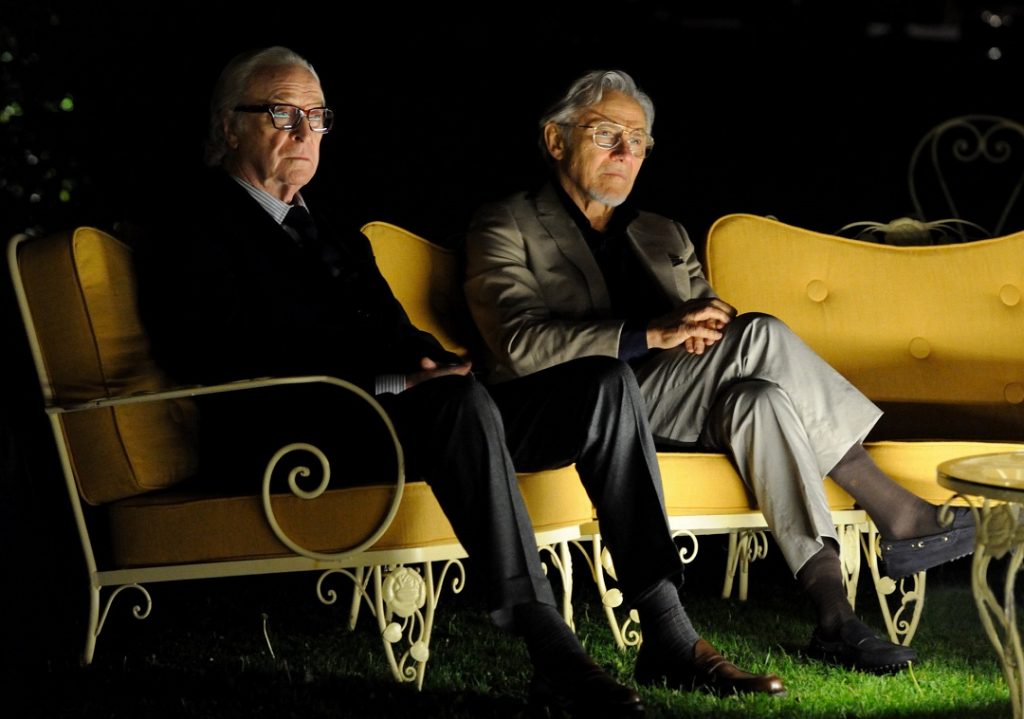
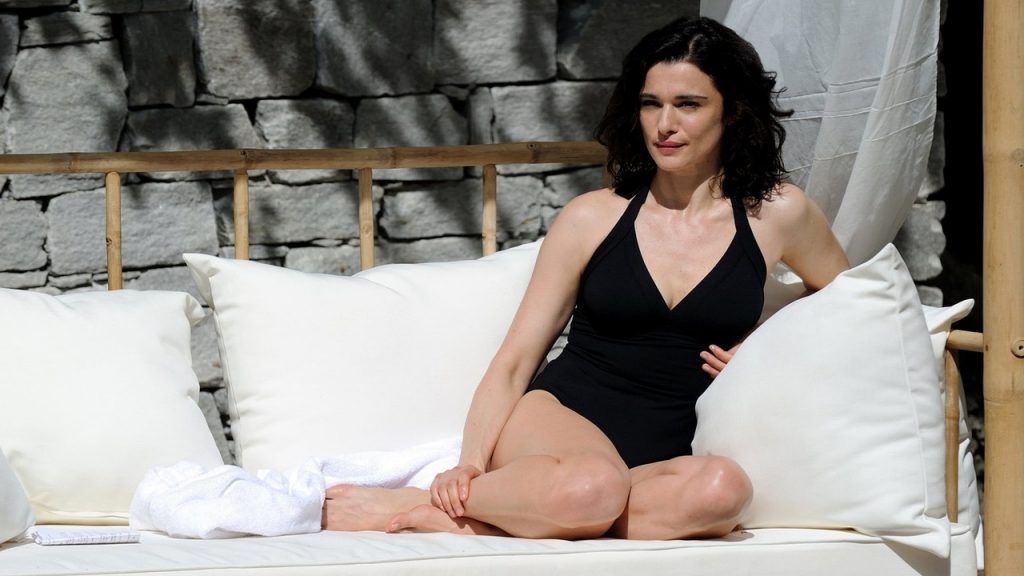



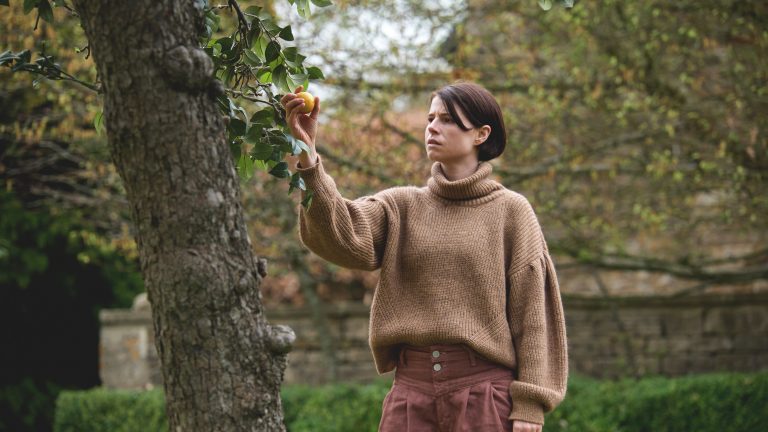
![Secret Obsession Netflix [2019] Review: A Thrilling Drama That Barely Holds Together](https://79468c92.delivery.rocketcdn.me/wp-content/uploads/2019/07/Secret-Obsession-Netflix-1-768x432.jpg)
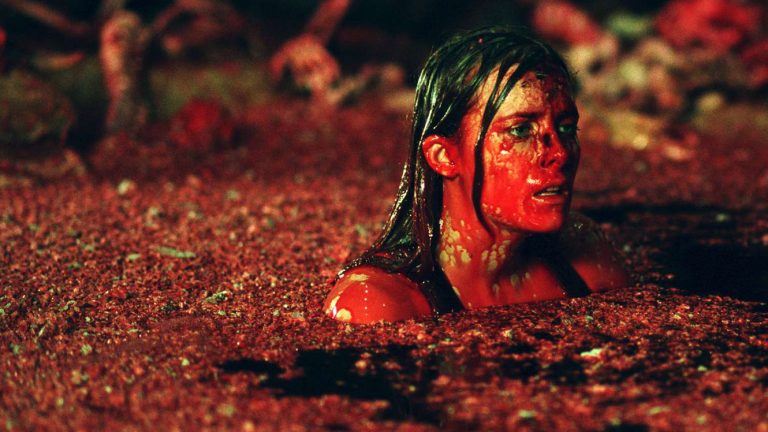
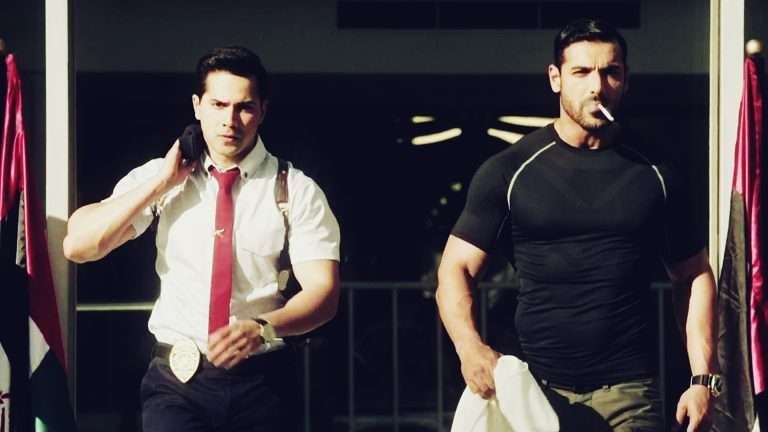
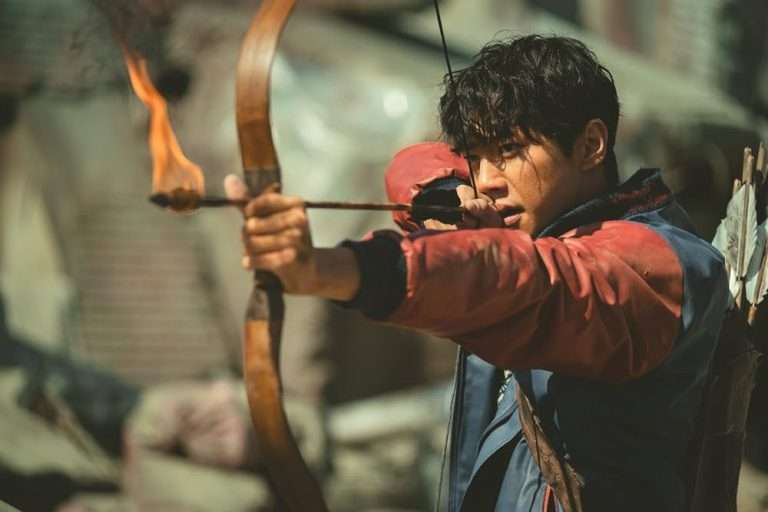
Wonderfully Written Man… I am so glad you mentioned that ‘juxtaposed’ scene. I was amazed at the very idea of such a scene.
thanks man.